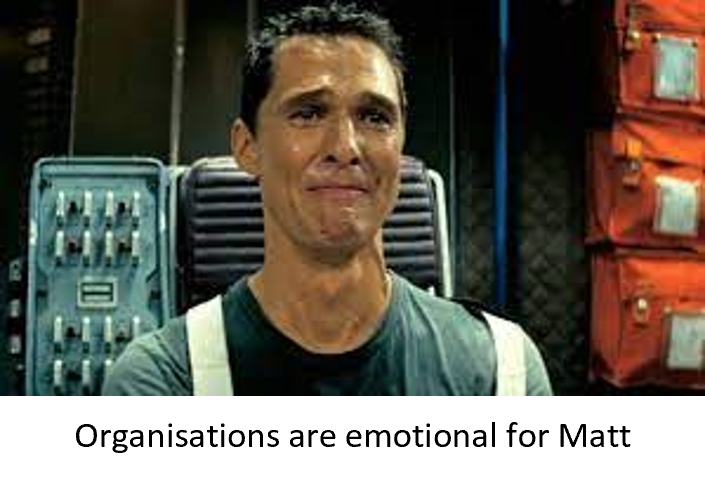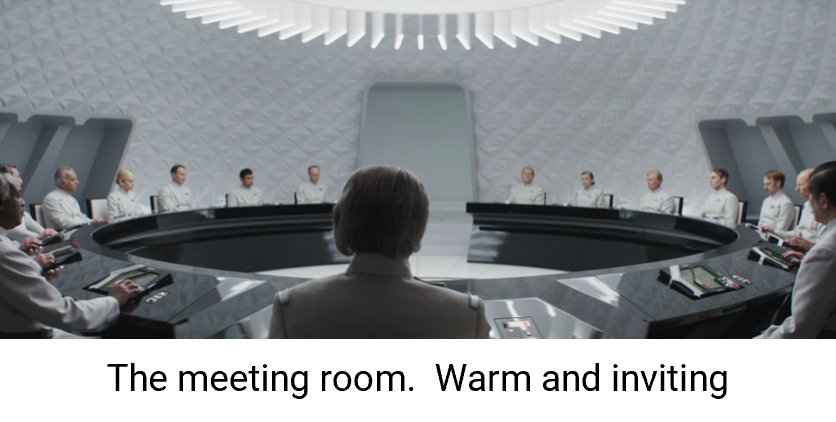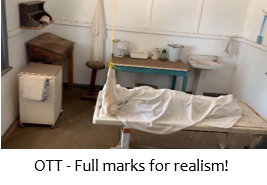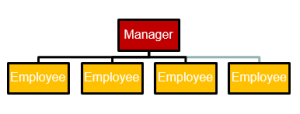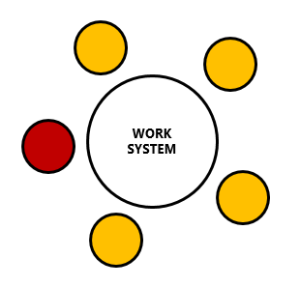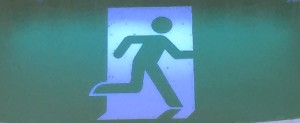Posted by Adam Thompson on the 16th November 2017

“We need more accountability around here” Chloe said.
“What do you mean by that?” I asked.
“You know, people caring, people hitting their marks, doing what they said they would. You know, being accountable” she replied with a slight tone of ‘what is wrong with you’.
“Like you do?” I asked
“Do you think I don’t” was the quick reply.
“No, not that at all, sorry” I immediately answered. “I meant that question literally, you mean you’d like people to care about the place like you do as the CEO?”
“Well…..yeah. That would be great!”
“So why don’t they?” I asked.
Chloe laughed – “I thought that’s what you were here to fix”.
I didn’t laugh at all. I looked straight into her eyes.
“No. This is what you have caused. So it’s what you are here to fix”.
The pause was somewhat awkward.
“OK….I get it.” she said. “So what can I do?”
“The word I use for what you’re looking for is ‘ownership'”. I said. “You want people around here to act like it’s their place. Like it’s their money. Like owners”.
“Yep, that pretty much it”. Read more…

